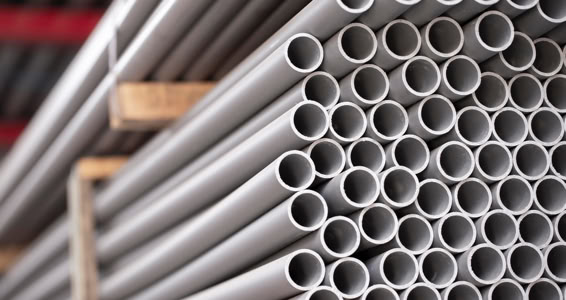

How to Specify PVC Cable Compound Without Guesswork
Choosing the right PVC cable compound can feel like a guessing game if you don't know what to look for. The reality is that a compound's performance isn't just about its color or cost. To get a material that will run consistently and meet the final product's requirements, you need to look at specific technical properties. Here’s a breakdown of the key factors to consider, so you can specify your compound with confidence.
Understanding the Core Properties
Every PVC compound has a technical data sheet (TDS) that outlines its performance characteristics. When you're sourcing a compound, these are the properties you should focus on:
The Importance of Processability
Beyond the final product properties, you need a compound that runs well on your extrusion line. Issues like burn marks, die lines, or gels are often related to the compound's processability. A reliable supplier should provide a compound with a consistent Melt Flow Index (MFI) and good thermal stability. This ensures the material won't degrade under heat and that you'll have fewer production issues.
Tailoring to Your Application
Your cable's environment dictates which additional properties are necessary. Here are some key considerations:
By focusing on these technical specifications and asking the right questions, you can move past the guesswork and choose a PVC compound that performs consistently and meets your precise needs.
Reading a COA: What Matters for Cable Grades
Every time you receive a shipment of PVC compound, it should come with a Certificate of Analysis (COA). While a COA might look like a jumble of numbers and abbreviations, it’s actually a vital tool for ensuring the material you ordered is what you received. For cable grades, knowing which data points to check can save you time and prevent costly production errors. Here's a simple guide to help you read a COA and understand what really matters.
What is a COA?
A Certificate of Analysis is a document issued by the manufacturer that confirms a product meets a specific set of test specifications. For a PVC compound, it shows the results of quality control tests performed on that particular batch.
The Key Data Points to Check
When you receive a COA for a cable compound, don't get lost in the details. Focus on these critical properties to ensure the material is suitable for your application:
Why Consistency Matters
The purpose of a COA is to show that a specific batch meets a consistent standard. While it's important to check the individual values, it's just as important to look for consistency across different deliveries. If you notice wide fluctuations in key properties between batches, it may be a sign of poor quality control from your supplier.
By taking a moment to review the COA, you can verify that the material is what you need and avoid problems before they even start. For every compound we supply, we provide a COA upon request, ensuring complete transparency and peace of mind.
How to Request a TDS Engineers Can Use
When you're sourcing a new plastic compound, a technical data sheet (TDS) is your first point of reference. But not all TDSs are created equal. Some are basic sales documents, while others contain the detailed, actionable data that an engineer or production manager needs. To avoid miscommunication and ensure you get the right material for the job, you need to know how to request a TDS that works for you.
The Anatomy of a Useful TDS
A TDS that's useful for an engineer goes beyond simple descriptions. It should include:
How to Make Your Request
Instead of simply asking for a "TDS," provide context and be specific. Here’s a sample request you can adapt:
"Please provide the technical data sheet for your PVC cable sheathing compound, specifically Grade XYZ. We need a TDS that includes standard physical and mechanical properties (tensile strength, elongation) as well as the recommended extrusion temperature profile. This data is critical for our engineering team to qualify the material on our production line."
By including details about your application and mentioning the specific data you need, you’re more likely to receive a comprehensive document.
Checking for Consistency
A good TDS is also a promise of consistency. Once you receive your material and a Certificate of Analysis (COA) for a specific batch, you can compare the COA's values against the TDS to ensure the product consistently meets the manufacturer’s specifications.
At Sheba Plastic, we believe in providing data that our customers can actually use. Our TDS and COA documents are designed to give your engineering and production teams the information they need to run our materials smoothly and with confidence.

